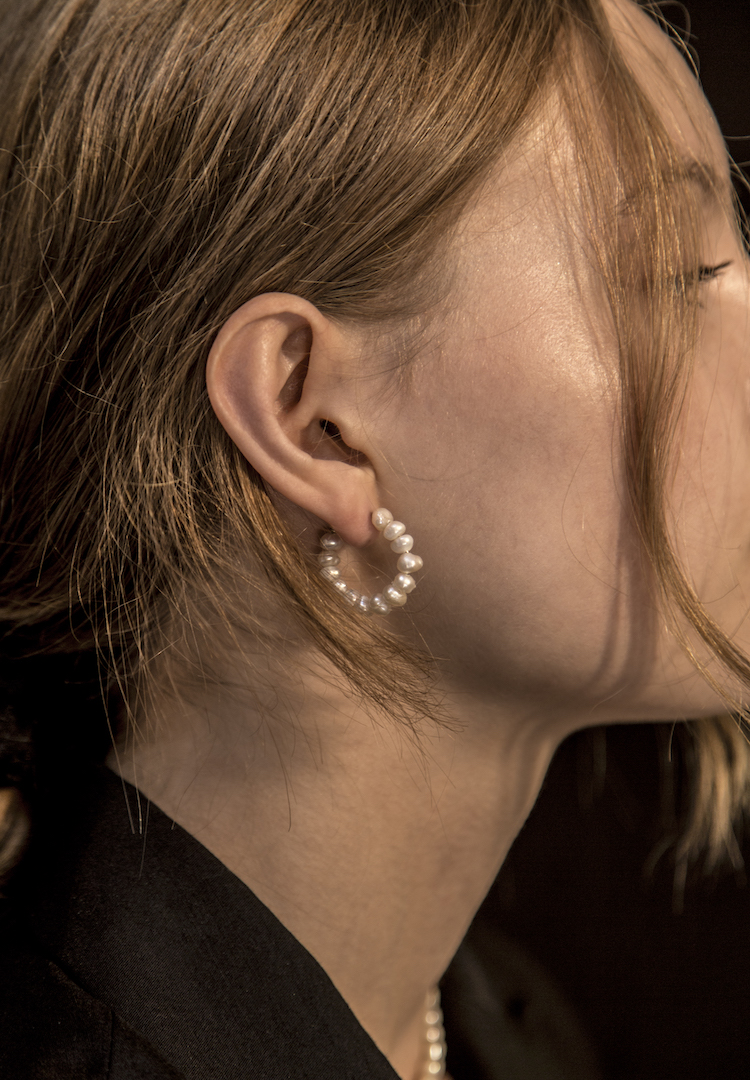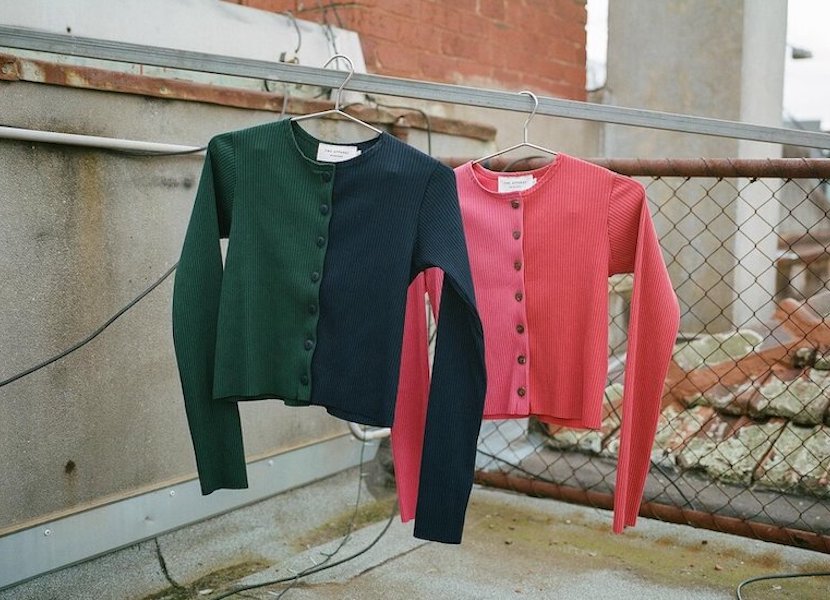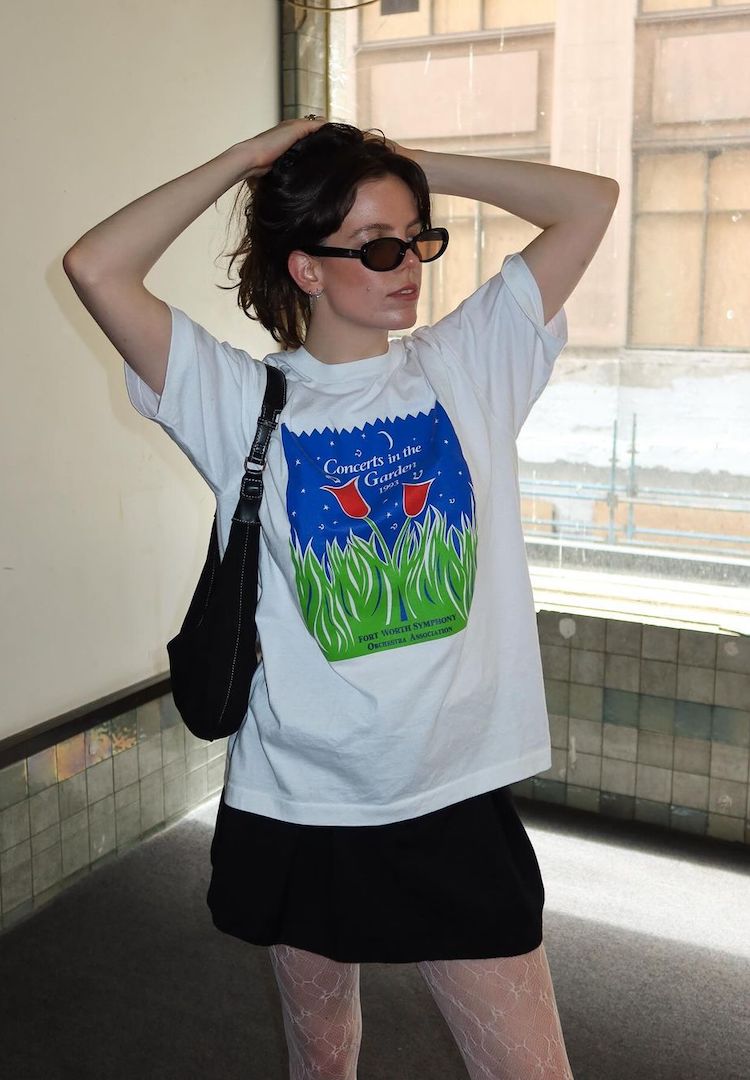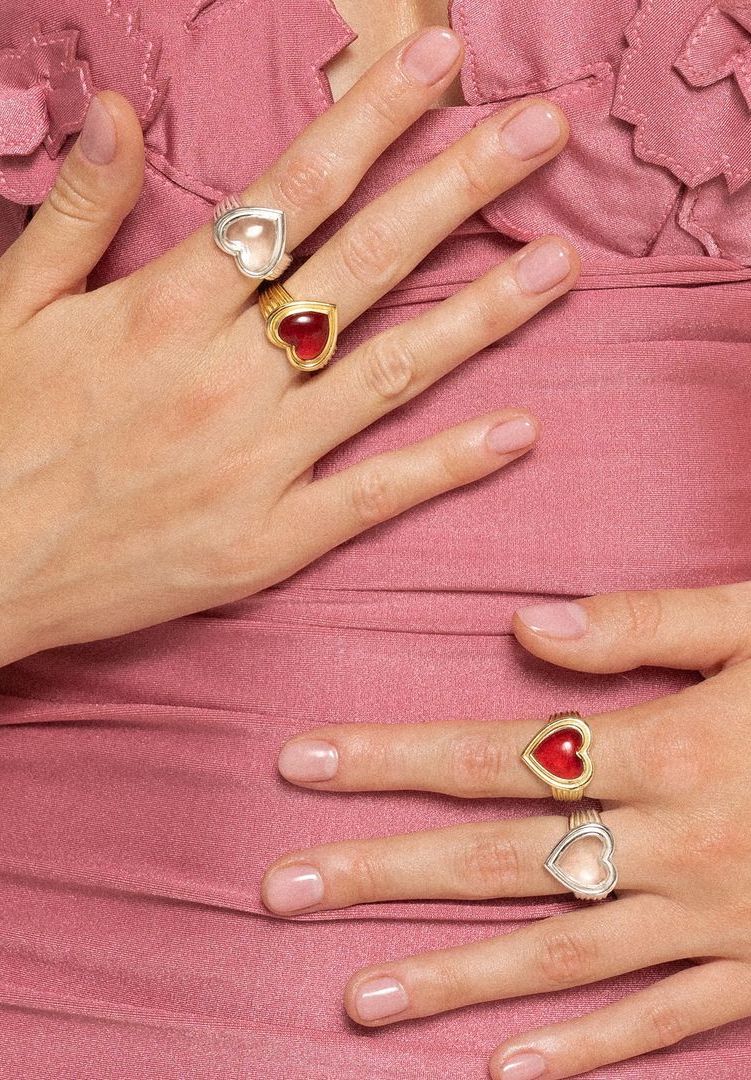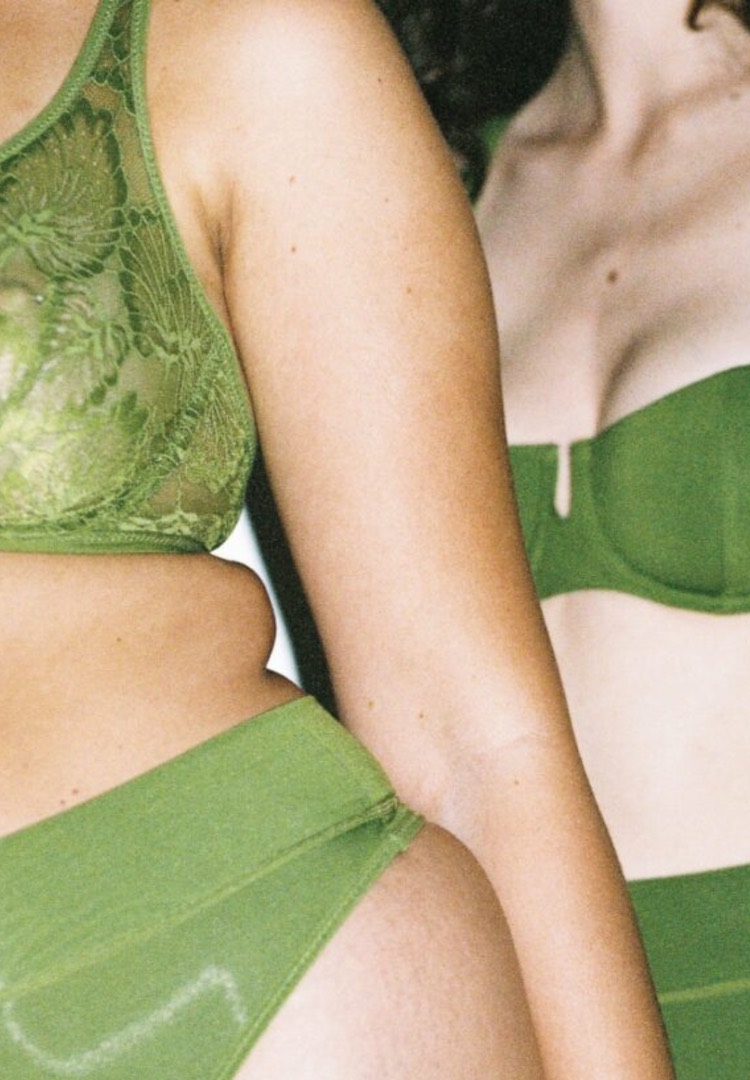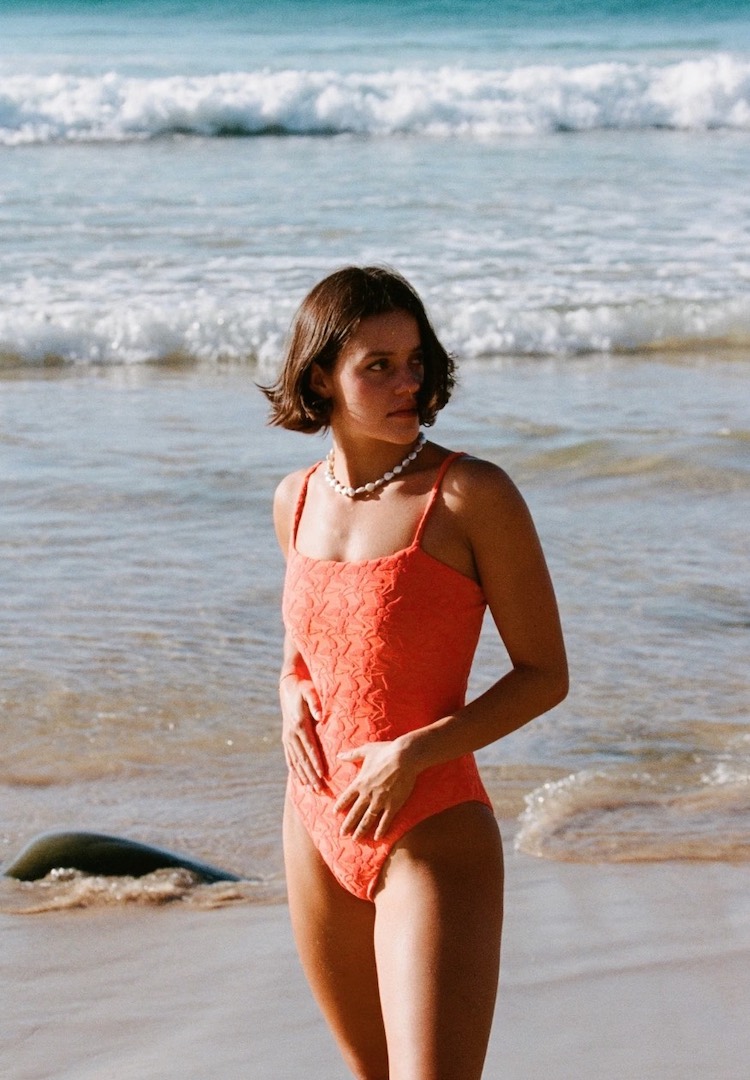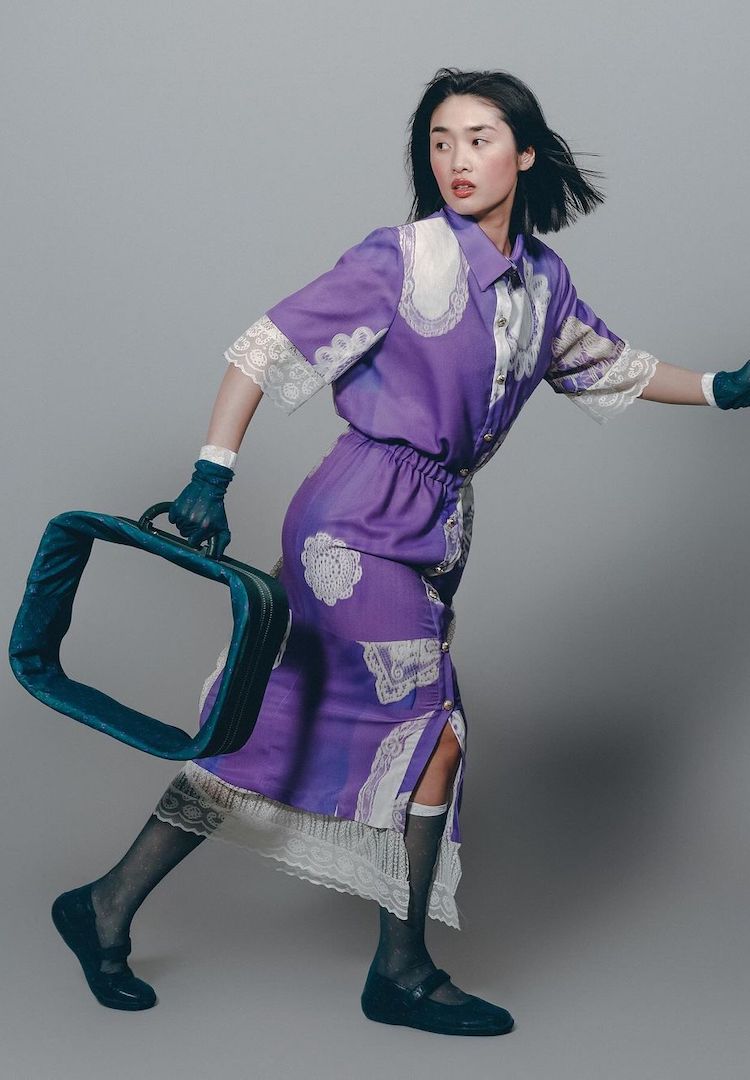We asked Australian designers how they can be more sustainable
IMAGES VIA FME APPAREL AND NAGNATA
WORDS BY CAIT EMMA BURKE
Because there’s always room for improvement.
Sustainability in fashion exists on a spectrum, and now that it’s become quite the buzzword, more brands than ever before are wanting to claim that their products are sustainable.
Add into the mix greenwashing, a process where brands mislead consumers into believing their practices are more environmentally sound then they are, and it’s not surprising that consumers are becoming increasingly distrusting of the claims that brands make.
Some labels in Australia have sustainability built into their practice – it’s something that has always been at the forefront of their minds when creating. But even those that are doing the most know that there’s always more to be done and that it’s an ongoing journey.
Being truly sustainable means making a long term committment to lowering your impact and searching for new, innovative ways to improve your processes and products. Eager to know what these improvements might look like, I asked seven sustainable Australian labels what they believe they could do better. Here’s what they had to say.
Post Sole Studio

“We can always do better! But I think the footwear industry in general needs a lot of work and being so small we are sort of reliant on the bigger companies paving the way sadly. I think looking at the water use/water pollution created in the leather tanning industry is an issue and something we are trying to get more information on. But also recycling and reusing shoe components.
“We have seen a lot of progress in the fashion industry and upcycling garments and organic cotton but this type of things just doesn’t exist in the footwear industry and it is very frustrating! We are also working on achieving carbon neutral status for our shoes and this is something we have been working on this year and will continue to do. It is a long process, but it’s so important to us. I think the fashion industry is making really good progress (for the most part) in being more sustainable but I would like to see the same happen with footwear.”
Holly Ryan
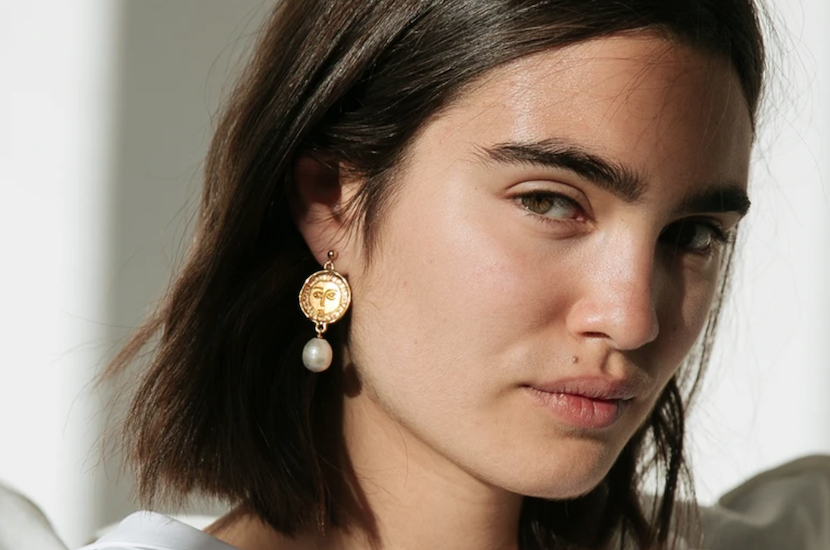
“I have always tried to design jewellery that is timeless and is inspired by art and nature, rather than by trends. As an industry, though, I think we all need to take responsibility for moving away from the rapid trend cycle, as this is what ultimately contributes to so much landfill waste. In the studio, we use all recycled silver and gold, melting down any metal scraps as we go, to repurpose into new designs. We also have a Recycling Initiative, through which we encourage people to repair or repurpose jewellery that they no longer wear.
“However, sustainability is ongoing; it is not a final destination. So there are always things we could be doing better. At Holly Ryan, we strive to continually review and refine our practices, to ensure that they are as responsible as possible. We integrate found materials into our designs wherever we can and would ultimately love to do more of this in the coming years.
“I would also love to see greener transportation and delivery options become available, which is a big reason why we are currently in the process of setting up a new Sydney HQ, so we can be as close as possible to our main suppliers and retailers. In the future, I plan to keep on having the tough conversations around sustainability, to help ourselves and our fellow designers strive for a more responsible future for fashion.”
Liandra Swim
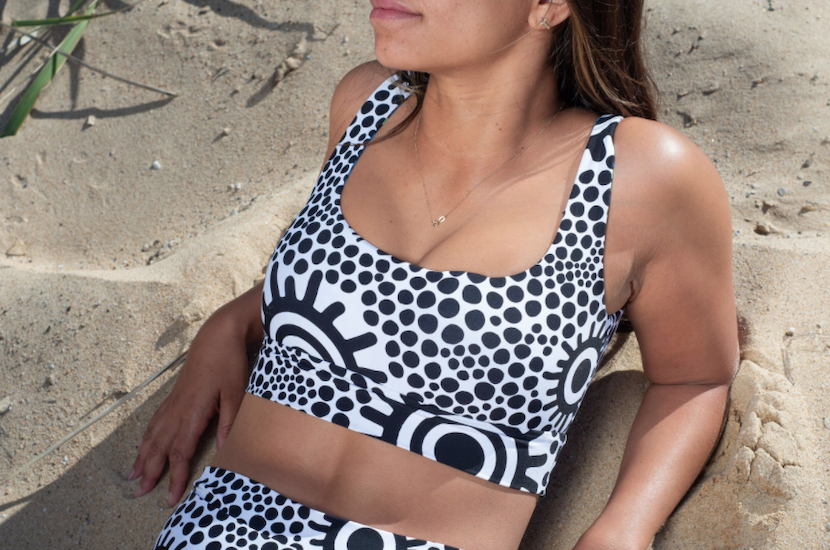
“We strongly live by the mantra that we must always be striving to be better and do better. We are always looking to implement better sustainable practices and whilst we are happy with our current practices, we would love to find more effective fabric options. Unfortunately, fabric technology is not as advanced as we would like, in terms of creating a totally clean environmental footprint, so this is an area we are heavily researching at the moment and looking to test into the future.
“We think that our paper consumption is an area we could improve and we are currently looking at ways to share our stories with our customers in a more effective way. For example, we are testing the use of QR Codes to access and share information so our customers can scan their code to learn about our prints and bikini namesakes. This would turn multiple pieces of paper into just one!
“Our greatest challenge is time. Before we implement any new practice we must research and test it, as well as making sure it is ethically sourced. For instance, we have come across a number of great fabrics but it takes time to know if the fabric will be of high quality and therefore long-lasting. We don’t want our swimwear to be a one-time wear and then fall apart which consequently only adds to the problem.
“We also need to make sure the manufacturers behind any new product we are looking at is ethically sourced and made. Our ethical practices are just as important as our sustainable ones. We don’t have a timeline as such, as it is something we are always striving to do better in. We also don’t rush into incorporating any new fabrics or products without proper research and testing. However, we do set goals to see how we can constantly push the envelope and become more sustainable and ethically minded throughout our label.”
Hew Clothing
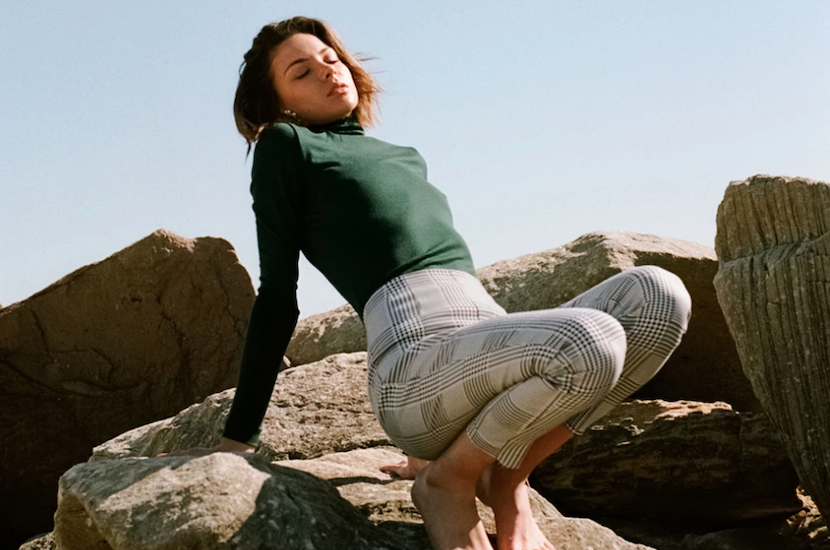
“At Hew we are always looking for ways to improve our sustainable practice. Sustainability isn’t a box you tick, it’s an ongoing search for ways to lower your impact, and improve your processes. We produce what we can locally in Melbourne. We have implemented the use of certified sustainable materials and production. Our clothing is produced in Ethical Certified Australian certified factories and our organic fabrics are GOTS certified.
“There is always room for improvement and we are continuously working towards improving our business practices. One of the next steps for us is switching our threads from cotton/poly to Tencel and our buttons from plastic to bamboo. As a small business one of the most common setbacks we face is the costs involved in ordering minimums.
“This challenge is compounded by the constant battle managing cash flow. We have to pay for all the production costs 6–10 months in advance. The pipeline from when you receive a return on your investment can exceed a year. This makes it difficult to quickly switch over to new materials, but our aim is to have closed-loop biodegradable materials by 2022.
“Another opportunity for improvement is educating customers about the true cost of clothing. Most people’s understanding of the cost of clothing has been warped for years by fast fashion. People are becoming increasingly aware that fast fashion is so cheap because those brands cut costs wherever they can. Often this includes underpaying workers, using the cheapest materials, and not paying for safe disposal of their waste. I’m optimistic that people will start to understand the true cost of clothing but it will take time to educate them.”
Nagnata

“Whilst it’s an extremely challenging time for brands, our systems needed to be challenged. The fashion industry at large was operating on models of excess, and now brands and companies are being forced to review their production timelines, order quantities and delivery schedules because no one can afford to overproduce in this climate. This will definitely influence the seasons to come.
“At Nagnata one of our brand mantra’s is ‘movements not seasons’. Since launching we have always presented our collections as ‘movements’ rather than following strict fashion seasons. The ‘movements not seasons’ method is to ensure the brand doesn’t overproduce and grows within the capacity of our business.
“Nagnata was founded on the philosophy of ‘sustainably-minded design’. We use this term to guide us when approaching each new line or project. We consider what are the most environmentally conscious and ethical options available that will support the production of a quality garment, without sacrificing our design integrity or style. The limitations of doing things more sustainably also inspire our creativity and innovation.
“We try to be as transparent and educational as we can through our platforms, so our customers can make informed decisions on whether they want to invest in Nagnata, or another brand. There are so many brands out there greenwashing their audiences, and we don’t want to be a part of that.
“If anything we give an overload of information so we are learning how to streamline this so it’s more digestible for our audience. I’m optimistic that in time the result of this coronavirus pandemic will be a more sustainable industry – it needs to be. The fashion industry when operating at it’s best is a highly creative collective, so let’s all use this time to rethink our systems.”
Aarli
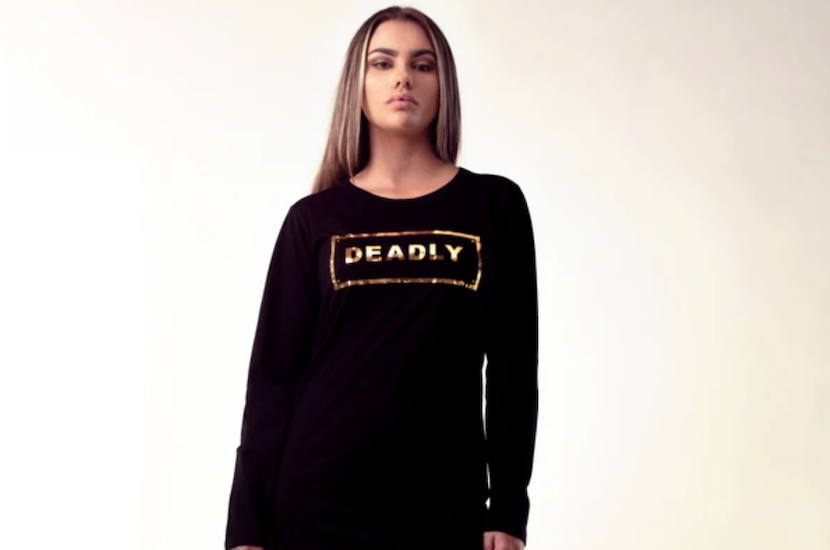
“Here at Aarli, I am very conscientious and am always thinking of new ways of incorporating sustainable aspects from not only manufacturing to our packaging. From laser cut techniques to having zero waste from production or upcycling leftover offcuts from production to create upcycled jewellery to reduce [what is sent to] landfill.
“Being aware of saving water consumption, and not reproducing new stock but using old stock such as deadstock and establishing deadstock apparel partnerships. This is saving garments from being shredded and added to a landfill, [and we’re] utilising unwanted products to extend their life span.
“We are currently in the process of implementing sustainable packaging from 100 per cent recyclable tissue paper that has no branding/printing on the paper, from using non-plastic packaging such as Hero Packaging which is 100 per cent decomposable which breakdowns after 6–12 weeks. As a First Nations fashion designer, I understand that I need to be conscious that the decisions that I make affect not only country but our communities.
“But it’s hard to be 100 per cent sustainable within our business… over the years, it has been very challenging to remain true to my brand’s integrity and ethics and not produce “fast fashion”. Trying to remember that I need to be caring for country for our next generation and [that it’s] not about profits. [It’s] not about making fast cashflow and flooding the market to gain high turnover and revenue.”
FME Apparel
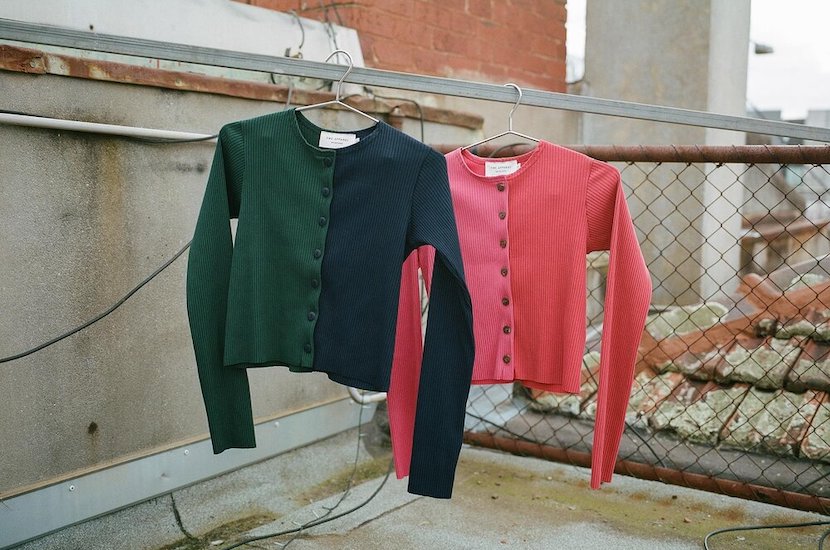
“We are working towards an ever-moving goal, it changes almost daily, we constantly want to streamline our practices in a way that reflects our core beliefs. One challenge is, of course, affordability, asking people to support local labels is one thing but if only a small segment of consumers are doing this then this will always inflate the price of local fashion.
“FME Apparel isn’t ever going to compromise on quality but it would be incredible if a larger portion of the consumers were buying locally along with government support, this would mean we would have the ability to do things we are passionate about like expanding our size ranges, creating collections that have greater accessibility and putting money back into the community wherever we can.
“We do not want to overproduce, this leads to waste which is a huge issue within the larger fashion industry, so we aim to streamline our collections in a way that doesn’t contribute to this epidemic. The more support Australian brands get means the more we can implement sustainable growth to bring you more high quality, life long clothes that our consumers will continue to enjoy season after season.”



